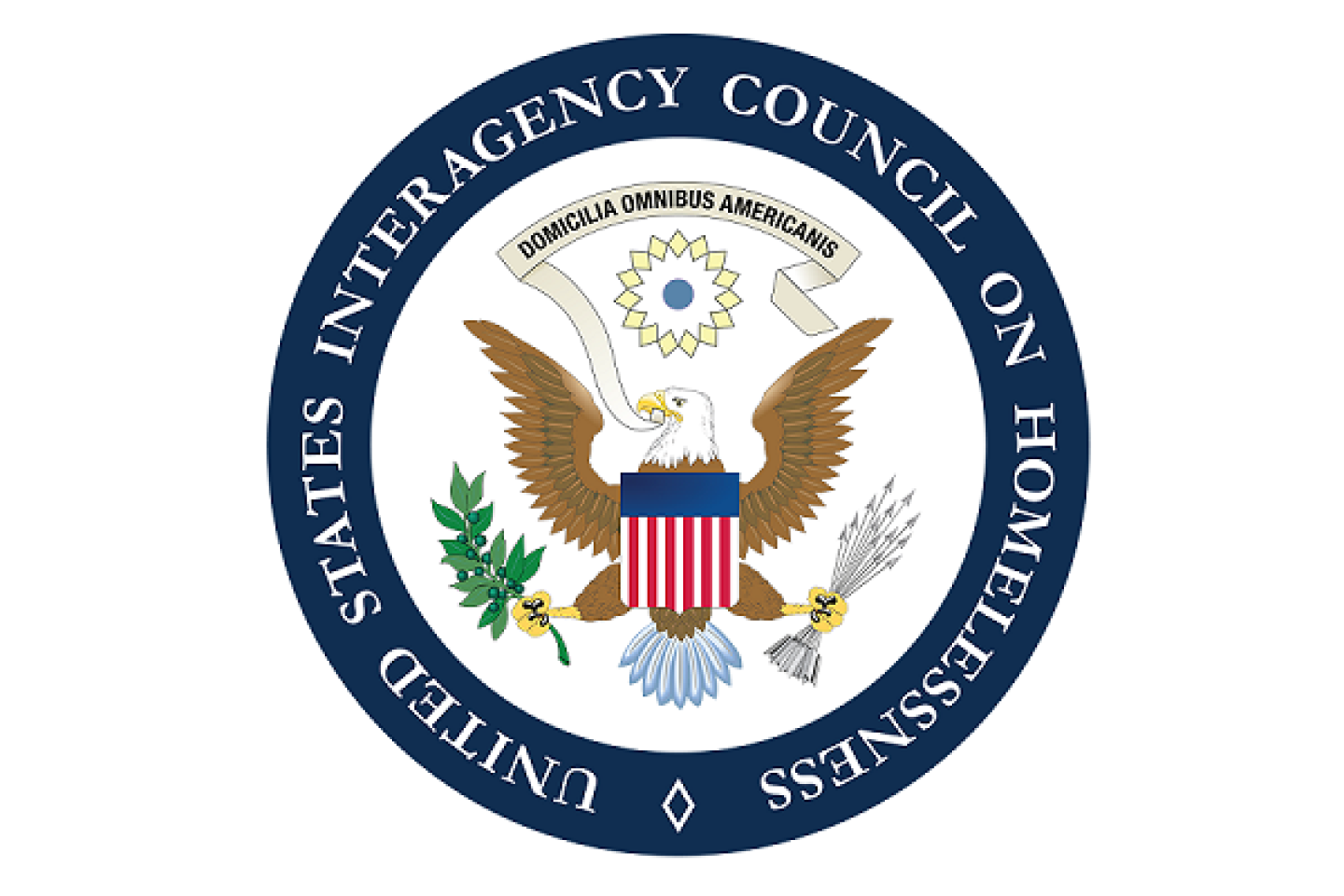USICH Releases Principles for Addressing Encampments
Communities across the United States are facing a crisis of unsheltered homelessness. This was made clear in 2020 when, for the first time, more individuals experiencing homelessness were unsheltered living on the streets than staying in shelters. The COVID-19 pandemic has only exacerbated this ongoing emergency that takes the lives of thousands of people each year.
Local decision-makers are caught between demands for swift action and the reality that permanent, sustainable solutions—housing with voluntary supportive services—take time and investment to bring to scale. Some communities have turned to aggressive law enforcement approaches that criminalize homelessness and close encampments without offering shelter or housing options. While these efforts may have the short-term effect of clearing an encampment from public view, without connection to adequate shelter, housing, and supportive services, encampments will appear again in another neighborhood or even in the same place they had previously been.
There is no one-size-fits-all solution, but the following principles—developed by the U.S. Interagency Council on Homelessness (USICH) in coordination with the departments of Housing and Urban Development (HUD), Justice (DOJ), and Veterans Affairs (VA); Centers for Disease Control and Prevention (CDC); and several national partners—can help communities more effectively address encampments:
- Principle 1: Establish a Cross-Agency, Multi-Sector Response
- Principle 2: Engage Encampment Residents to Develop Solutions
- Principle 3: Conduct Comprehensive and Coordinated Outreach
- Principle 4: Address Basic Needs and Provide Storage
- Principle 5: Ensure Access to Shelter or Housing Options
- Principle 6: Develop Pathways to Permanent Housing and Supports
- Principle 7: Create a Plan for What Will Happen to Encampment Sites After Closure



